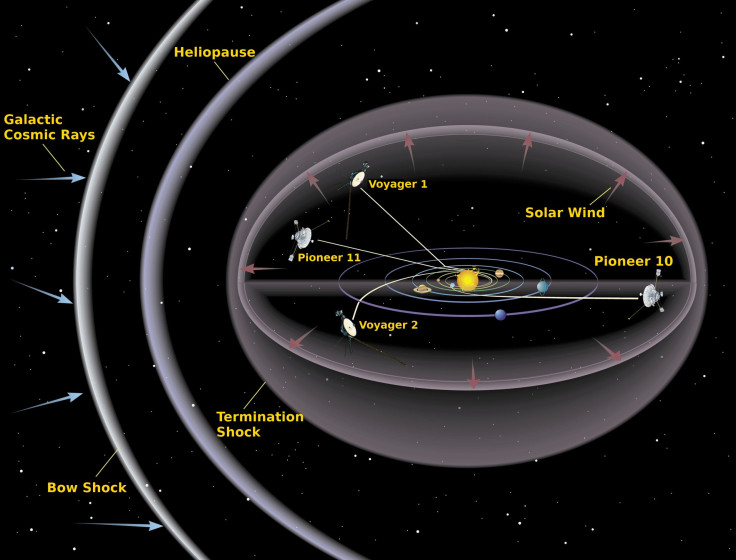Heightened Cosmic Radiation Could Harm Astronauts On Future Manned Missions To Space: Study

While several countries and organizations are planning manned missions to Mars and other corners of deep space in the coming decades, a new study says that such projects could pose risks to astronauts due to increasing levels of cosmic radiation spurred by weak solar activity.
According to the study, a 30-year-old astronaut can spend about a year in space during periods of low solar activity. Although this time period is enough to get to Mars and back, constantly weakening solar activity can decrease the number of days humans could spend in deep space by about 20 percent, making future manned space missions more dangerous. The study has been accepted for publication in the journal Space Weather.
“While these conditions are not necessarily a showstopper for long-duration missions to the moon, an asteroid, or even Mars, galactic cosmic ray radiation in particular remains a significant and worsening factor that limits mission durations,” Nathan Schwadron of the University of New Hampshire in Durham, and the study’s lead author, said in a statement.
Scientists count sunspots -- dark spots on the sun’s surface caused by bursts of magnetic activity -- to estimate solar activity. The sun’s magnetic field deflects cosmic radiation away from the solar system while a weakened magnetic field allows more cosmic rays to overrun the solar system, increasing radiation risk to astronauts.
Cosmic radiation, originated from supernova explosions in remote corners of the galaxy, enters the solar system at nearly the speed of light, and their high energy allows these particles to penetrate nearly every material, including the shielding on spacecraft. When these cosmic rays penetrate a spacecraft's protective covering, harmful particles can damage organs and expose astronauts to radiation, according to scientists.
“Over time, it’s become increasingly clear that the space environment is not returning to normal,” Schwadron said. “There’s been a sustained change in the way the sun is behaving.”
© Copyright IBTimes 2024. All rights reserved.




















